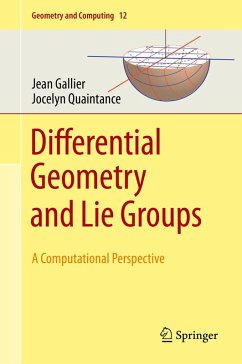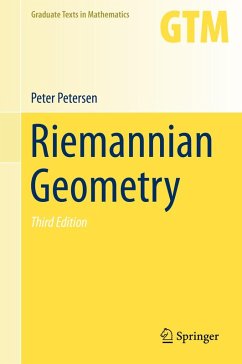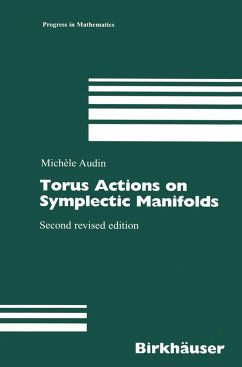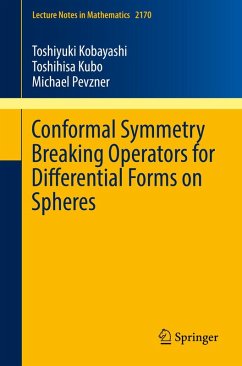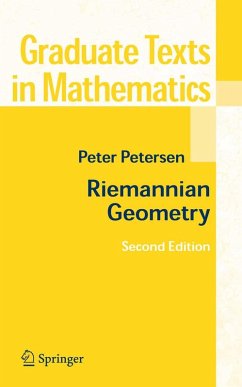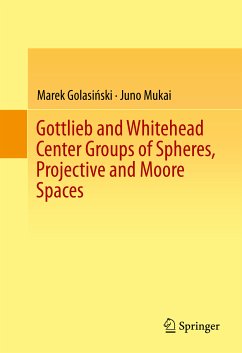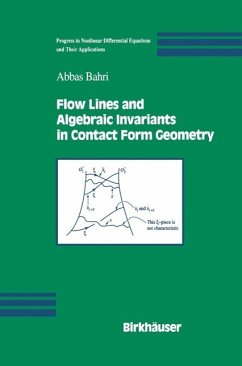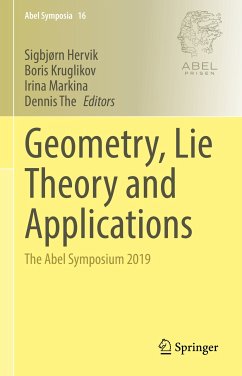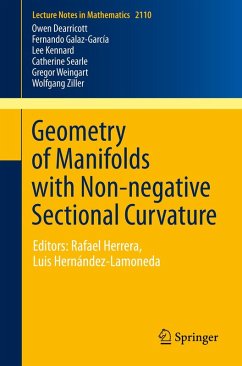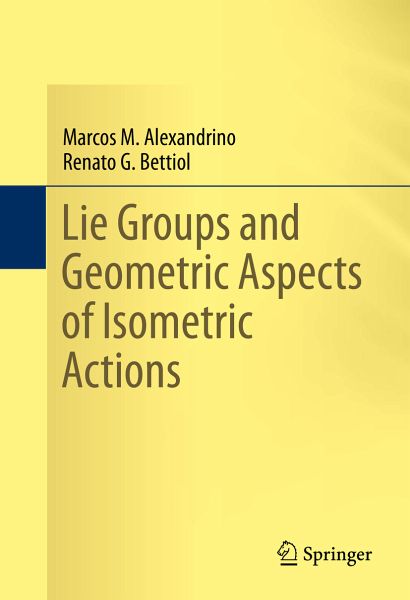
Lie Groups and Geometric Aspects of Isometric Actions (eBook, PDF)
Versandkostenfrei!
Sofort per Download lieferbar
69,95 €
inkl. MwSt.
Weitere Ausgaben:

PAYBACK Punkte
35 °P sammeln!
This book provides quick access to the theory of Lie groups and isometric actions on smooth manifolds, using a concise geometric approach. After a gentle introduction to the subject, some of its recent applications to active research areas are explored, keeping a constant connection with the basic material. The topics discussed include polar actions, singular Riemannian foliations, cohomogeneity one actions, and positively curved manifolds with many symmetries. This book stems from the experience gathered by the authors in several lectures along the years, and was designed to be as self-contai...
This book provides quick access to the theory of Lie groups and isometric actions on smooth manifolds, using a concise geometric approach. After a gentle introduction to the subject, some of its recent applications to active research areas are explored, keeping a constant connection with the basic material. The topics discussed include polar actions, singular Riemannian foliations, cohomogeneity one actions, and positively curved manifolds with many symmetries. This book stems from the experience gathered by the authors in several lectures along the years, and was designed to be as self-contained as possible. It is intended for advanced undergraduates, graduate students, and young researchers in geometry, and can be used for a one-semester course or independent study.
Dieser Download kann aus rechtlichen Gründen nur mit Rechnungsadresse in A, B, BG, CY, CZ, D, DK, EW, E, FIN, F, GR, HR, H, IRL, I, LT, L, LR, M, NL, PL, P, R, S, SLO, SK ausgeliefert werden.





